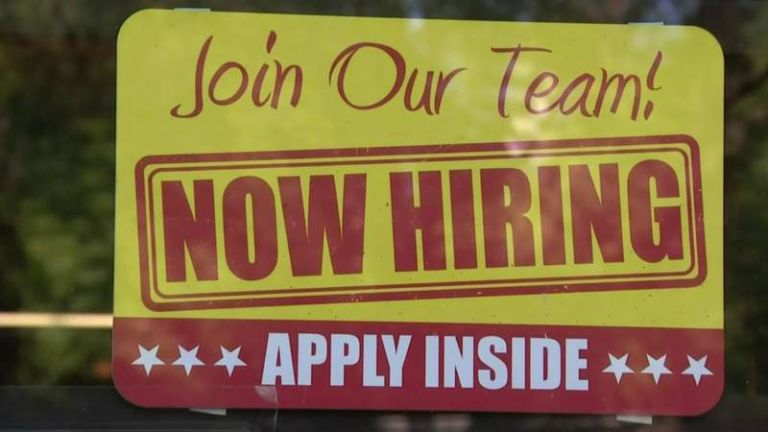Kevin Williamson of National Review Online urges readers to accept a fact about the future of work.
These are frantic times. In the early 1960s, the average “life expectancy” of a corporation on the Fortune 500 was a little over 75 years; today, it is about 15 years — and falling. Many of our fathers and grandfathers worked for one or two companies over the whole of their working lives; the Bureau of Labor Statistics expects that today’s workers will have about 15 different employers over the course of a career — and ten different ones before age 40. Americans as a whole do not move as often for work today as they did a generation ago, but high-earning workers move relatively frequently and change employers more frequently than do lower-earning workers.
It may be time to update “The Nature of the Firm.”
That’s the name of the famous paper by Nobel laureate Ronald Coase, who, like a lot of geniuses, found himself obsessed by a question so obvious that nobody had ever thought about it: “Why do corporations exist at all?” Most businesses, he noted, have both employees and outside contractors. But if markets are efficient, why have full-time employees at all, when it is inevitable that a business ends up paying them for times when they are doing no real work? Why not outsource everything? The answer he came up with was “transaction costs.” A transaction cost is the price you pay in time and trouble in addition to the financial cost of any given exchange. …
… As the world grows more connected, and as both markets and supply chains grow ever more globally integrated, the lifespan of any particular arrangement of capital and labor grows shorter. That means that the intelligence and energy of the people who work there become more valuable in some other configuration more quickly and more frequently. Hence the job-hopping among the highly skilled and most in-demand workers.


